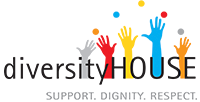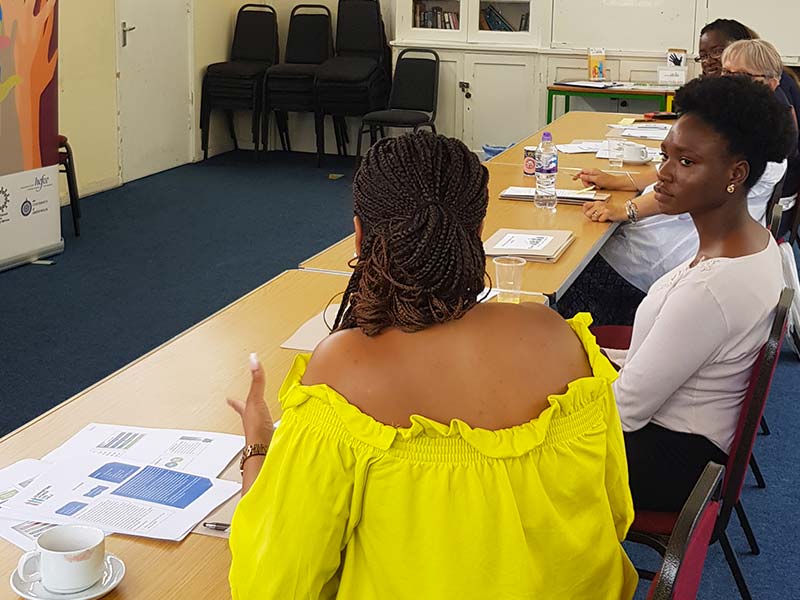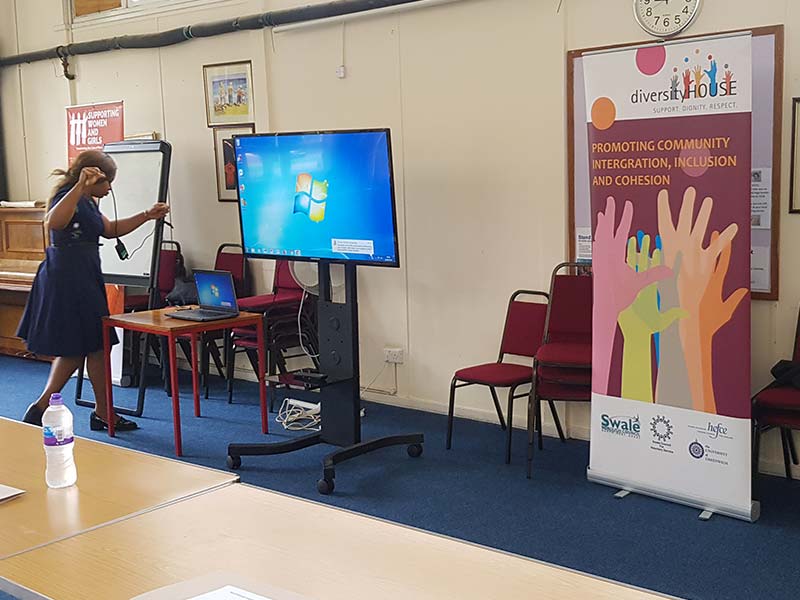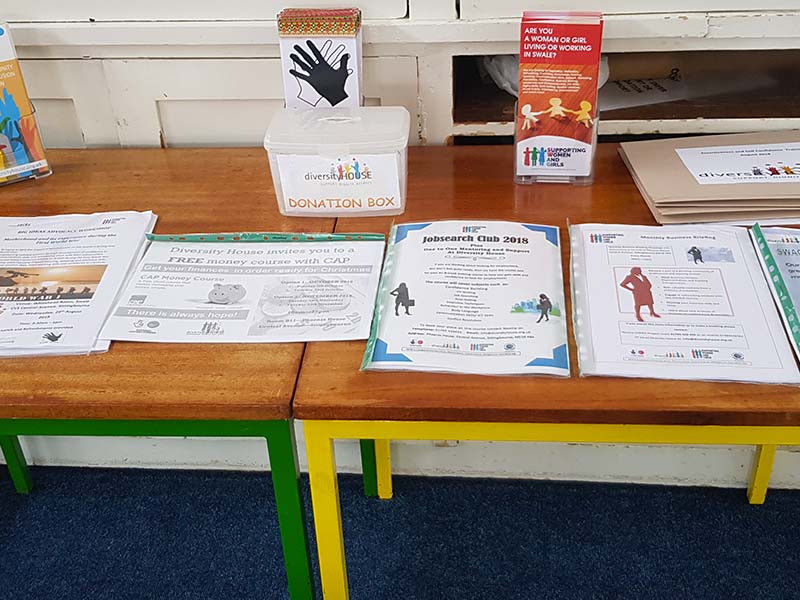Confidence & Assertiveness Training
On the 23rd of August, Diversity held a training in assertiveness and confidence. In the first session, as an icebreaker, we introduced ourselves, said what we wanted to get out of the training and how it can be applicable to our individual lives. Mrs Locke, the CEO of Diversity House started off by asking us to define assertiveness and self-confidence and list the four styles of communication. We said that assertiveness is the balance between being angry and passive when expressing your feelings about what you’re thinking and communicating what you want. While self-confidence is believing in yourself.
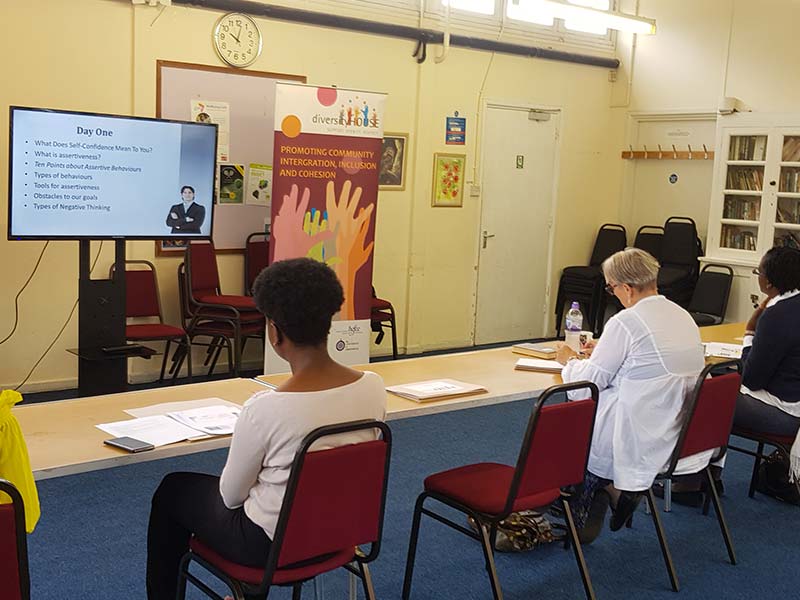
Then Mrs Locke gave us a list of ‘The Ten Points About Assertive Behaviours’ and explained each point. The list comprised of:
- It depends on expressing yourself
- Showing respect to others right,
- Being honest,
- Being indirect and certain
- Stablishing mutual equilibrium benefit in a relationship
- Expressing your emotions, rights, realties, thoughts and boundaries by words
- Using non-verbal communication for sending a message
- It is not universal, it depends on the position and the individual
- It is getting social responsibility
- It is not the nature of the humankind, it can be learned
The two points from the list that stood out to me were points 9 and 10. I learned that as an assertive person, you must get responsibility by constantly learning, being proactive and showing up. This can translate to any areas of our lives, whether it be our workplace, school, home, and relationships, and this is the sort of attitude that leads to success and progression in life. The following point was reassuring; if you are not assertive yet, you can learn the behaviours of it through learning and practising, as assertiveness is not a trait we are born with, it is something that you have to acquire.
After our tea break, Mrs Locke went into depth on the four styles of communication: passive, aggressive, passive-aggressive, and assertive. She also gave real life scenarios of each style which gave us all a better and full understanding of each of them. One thing that struck me is how a passive-aggressive person can be manipulative. Mrs Locke gave the scenario of an assertive person in a workplace asking the passive-aggressive person if they had completed their task that they were supposed to finish two weeks ago, and the passive- aggressive person not responding. Then the assertive person continued to talk to the passive-aggressive person, but there is still no response from them. From the outside, it will look like the assertive person is bothering and intimidating the passive-aggressive person and the assertive person is being a bully. This is how the passive-aggressive person can be controlling, which can be frightening.
Lastly, we were giving the opportunity to ask Mrs Locke questions. However, she didn’t answer them as she believed that we had the answers to our questions in the inside of us and that we could find the answers from the information that we learned, which was interesting. Everyone was able to share their problems and past experiences which was great as a haven was created in that space and we were able to learn from one another and express ourselves freely.
Overall, it was an amazing session and the best training that I have ever attended. I really recommend everyone to attend the coming up sessions as it will impact you greatly and you won’t leave the same way you came in.
By Tomisin Alhassan

